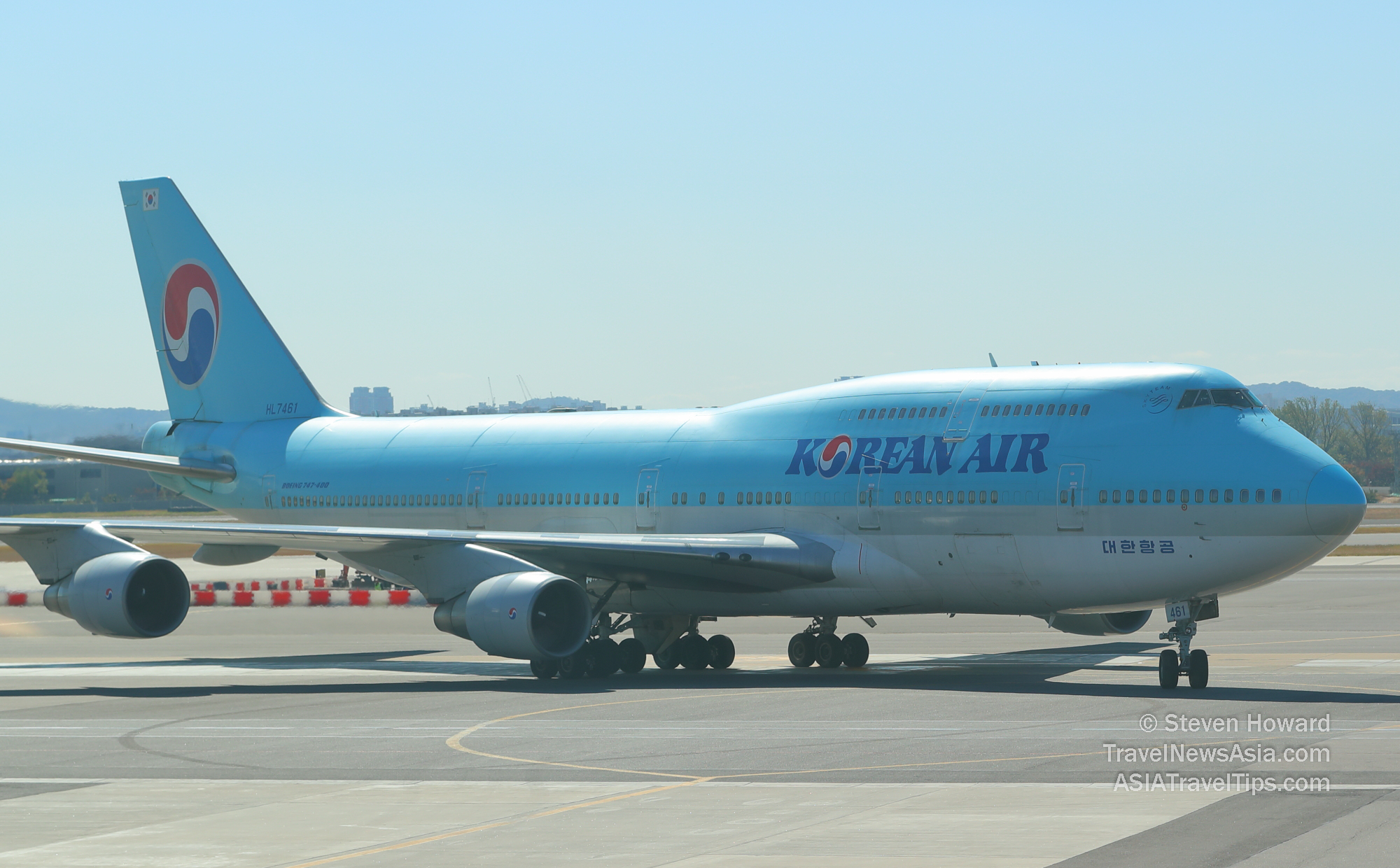|
Korean Air has started work on a joint research project with
Seoul National University to assess the feasibility of using large
commercial aircraft for air launching.
As part of the joint research, commissioned by the
Republic of Korea Air Force, Korean Air will
analyze the Boeing 747-400�s current technology capability, major
technology that needs to be applied, annual operating costs, and necessary
aircraft modification for air launching. The airline will further
explore ways to commercialize the modified aircraft in the market.
Until now, it was not possible to develop
projectiles that launch in the air due to the Korea-U.S.
�guidelines� that restricted the range of Korea�s
ballistic-missiles. However, with the termination of these
regulations in May 2021, the development and operation of an air
launch system is now possible.

The research is especially meaningful as air
launching capabilities will help Korea to overcome its
geographical limitations. Currently, satellites can only be
launched southward from Naro Space Center, Korea�s spaceport
located in the southwest province. However, air launch vehicles
can be launched in various directions and routes.
Air launch
vehicles are launched at altitudes of 12 km, making them less
affected by weather conditions, which are a common drawback of
ground launches.
In addition, air launching cuts the cost of
building and maintaining a site to launch vehicles. There is also
the possibility to generate revenues by providing services to
other countries that do not have their own launch site.
For this reason, some countries have already been
utilizing commercial aircraft for air launches. LauncherOne, an
orbital launch vehicle developed by Virgin Orbit in the U.S., was
successfully launched using a modified Boeing 747-400 in January
and June 2021.
While the military, government and companies
scramble to announce plans to utilize small satellite
constellations in the �new space age�, an environment to launch
small satellites in Korea has not been established yet. Therefore,
it is inevitable to use overseas projectiles, which take more than
two years on average from the signing of the contract to the
actual launch. This is the reason why the development of air
launching capabilities must be prioritized.
"To attract the fast-growing, worldwide demand for
small satellite launches, it is essential to develop capabilities
for air launching, which is not affected by weather or
geographical conditions,� said Korean Air. �We will use our
extensive experience operating aircraft and expertise in the
aerospace business, which includes aircraft system integration and
assembling Korea�s first space launch vehicle, Naro, to develop an
air launch system that is competitive in the global market.�
See latest
Travel Industry News,
Video
Interviews,
Podcasts
and other
news regarding:
Korean Air,
Defence.
|
Headlines: |
|
|
